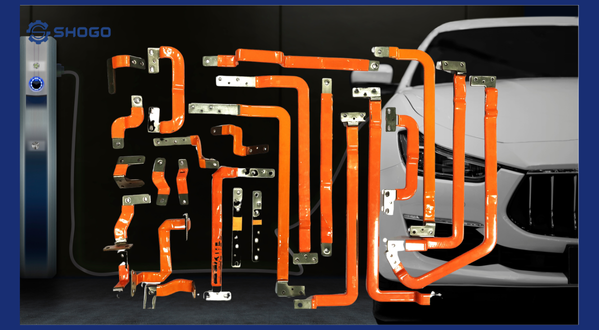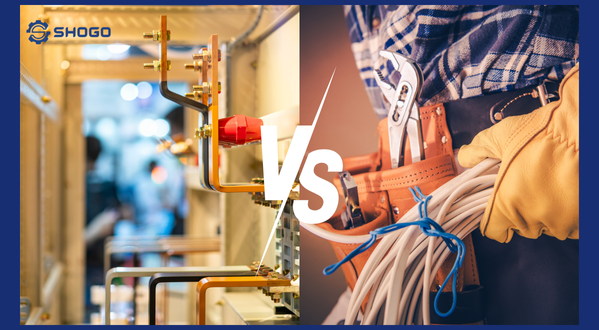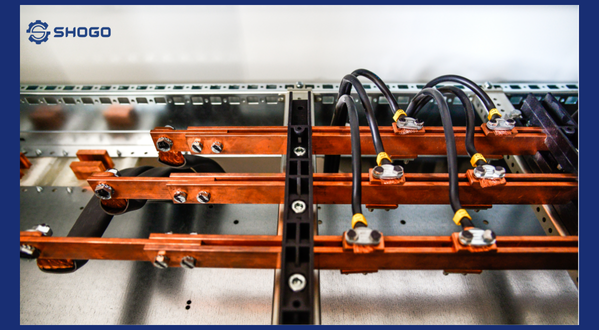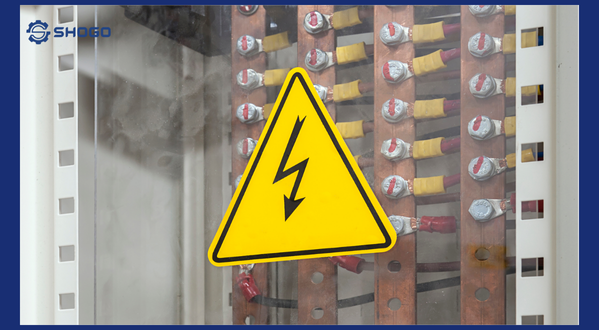1. Introduction:
The increasing demand for clean and sustainable energy is driving the strong development of energy storage systems (HES). This system plays an important role in optimizing the use of renewable energy from solar and wind, while improving grid reliability. An essential component in HES is the busbar, also known as the busbar. Busbar is responsible for connecting different components of the system and transmitting current effectively, contributing to high performance, high reliability and scalability for HES.

2. Busbar’s key role:
The busbar serves as the backbone of the HES, connecting critical components such as storage batteries, inverters, charge controllers and other electrical devices. Current is transmitted through the busbar with minimal power loss, ensuring the system operates efficiently and saves energy.
3. Outstanding advantages:
Busbar brings many outstanding advantages to HES, including:
- High efficiency: Made from high-quality conductive materials such as copper or aluminum, the busbar has low resistance, helping to minimize power loss and maximize system performance.
- High reliability: Busbar has high load capacity and is designed to operate in harsh environments, ensuring safe and stable operation of the system over a long period of time.
- Flexibility: Busbar can be customized to fit many different types of HES, from small residential systems to large commercial systems, meeting a variety of usage needs.
- Easy to install: Busbar is designed with a simple structure, easy to install and maintain, helping to save time and operating costs.
4. Diverse types and applications:
There are two main types of busbars used in HES:
- Copper busbar: The most popular type due to its high conductivity, high load capacity and reasonable price.
- Aluminum busbar: Lighter and cheaper than copper busbar, but has lower conductivity. Aluminum busbars are often used in small capacity HES systems.
Busbar is widely used in many different types of HES, including:
- Solar energy storage system: Busbar connects solar panels to storage batteries and inverters, helping to store excess energy from the sun for use at night or when the grid is offline .
- Wind energy storage system: Busbar connects wind turbines to storage batteries and inverters, helping to store electrical energy from the wind for use when the wind is not blowing.
- Backup energy storage system: Busbar connects storage batteries to electrical equipment in the home or business, providing backup power in the event of a grid outage.
- Micro-grid system: Busbar connects renewable energy sources, storage batteries and electrical appliances in a small area, helping to provide independent power and reduce dependence on the main grid.
5. Future development:
The energy storage industry is witnessing tremendous growth with growing demand for clean and sustainable energy. Busbar plays an important role in this trend, with outstanding advantages in performance, reliability and flexibility. Therefore, busbar will continue to be improved and more widely applied in modern energy storage systems, contributing to promoting the development of renewable energy and building a sustainable energy future for Earth.
6. Conclusion:
Busbar is an essential component in energy storage systems, playing an important role in enhancing system performance, reliability and scalability. With many advantages and diverse applications, busbar promises to continue to contribute to the development of the energy storage industry and build a sustainable energy future.













